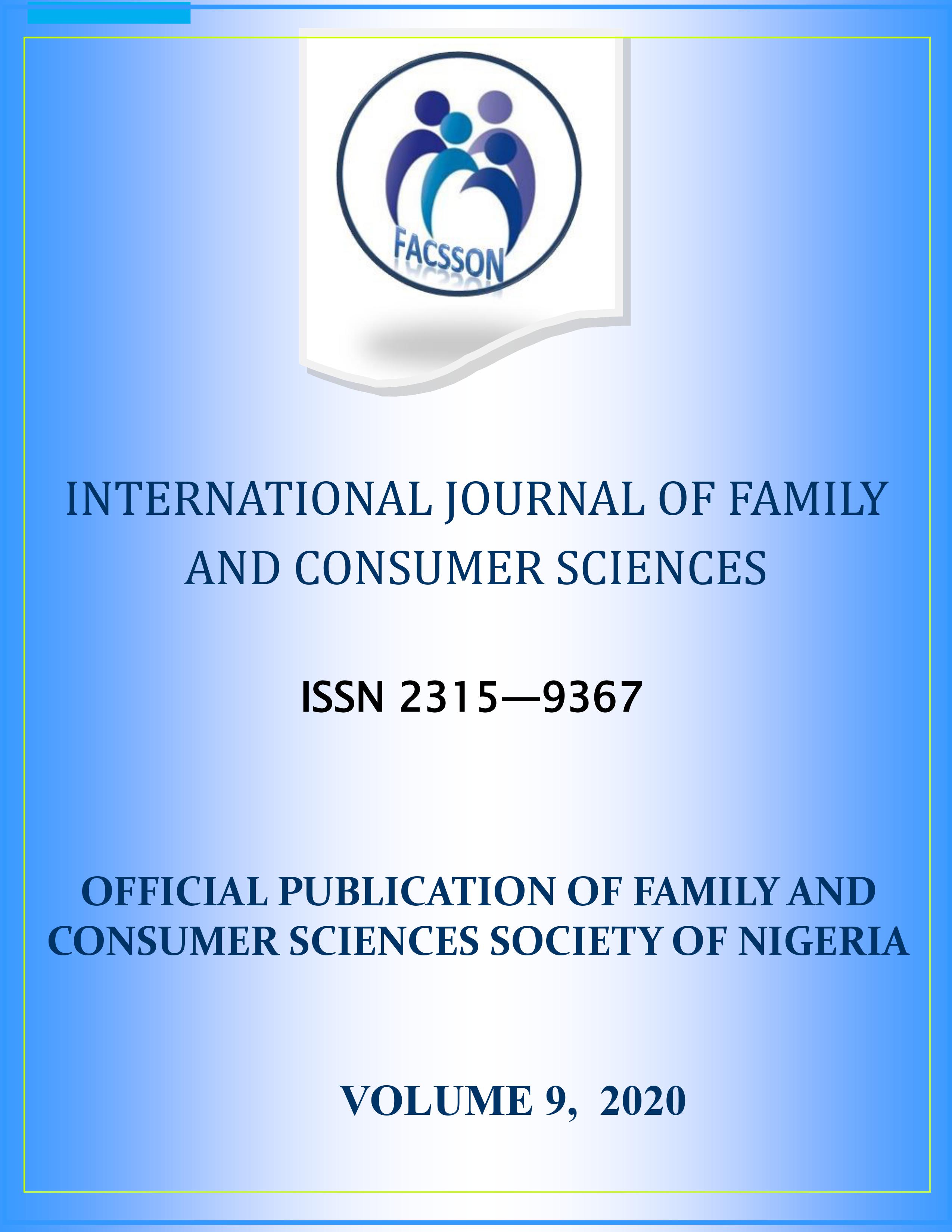PATTERNS AND FREQUENCY OF FRUITS AND VEGETABLES CONSUMPTION AMONG THE RESIDENTS OF SOMOLU LGA OF LAGOS STATE, NIGERIA
Keywords:
Frequency, Consumption, Fruits and VegetablesAbstract
Poor consumption of fruits and vegetables have been identified as the sixth major risk factor for global mortality. This is because fruits and vegetables have been found to have protective effect against several types of cancers and cardiac diseases. The study was to determine the patterns and frequency of consumption of fruits and vegetables among adult resident in Somolu local government area of Lagos state Nigeria. A cross-sectional survey was adopted with a sample size of 1350 adults conveniently sampled based on their willingness to participate. A validated structured and pre-tested questionnaire was used for data collection on the demographic characteristics of the respondents, frequency of consumption of vegetables and fruits as well as factors that determines their choices. Data was presented using descriptive statistics and analyzed using inferential statistics. The result showed that about half (46.7%) of the respondents were in the age range of 39- 49years with (63.2%) married and (31.6%) had M.Sc. and above. Common fruits and vegetables consumed by the respondent include bananas (20.5%), pawpaw (15.2%), oranges (18.5%), okro (16.9%), garden eggs (14%) and tomatoes (13%). About 53% of the respondents consumed vegetables daily, while only 10% utilized fruits daily. Factors like availability (35.8%) taste (15.9%) and attractiveness (14.3%) were factors that determined their choices. No significant difference was observed in the consumption pattern of the male and female respondent. Consumption pattern of fruits was considerably low among adults in Somolu local government area of Lagos State while that of vegetables was fairly adequate.





